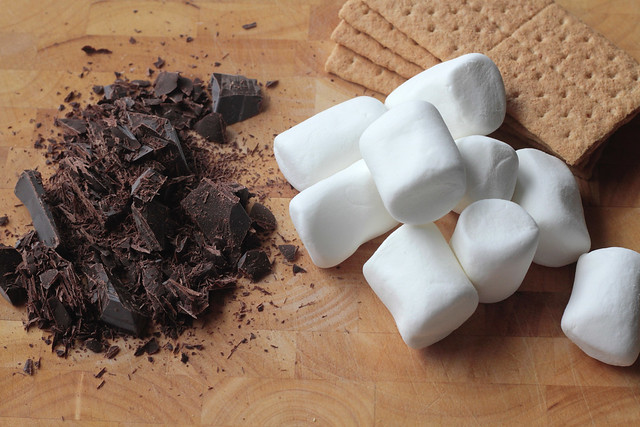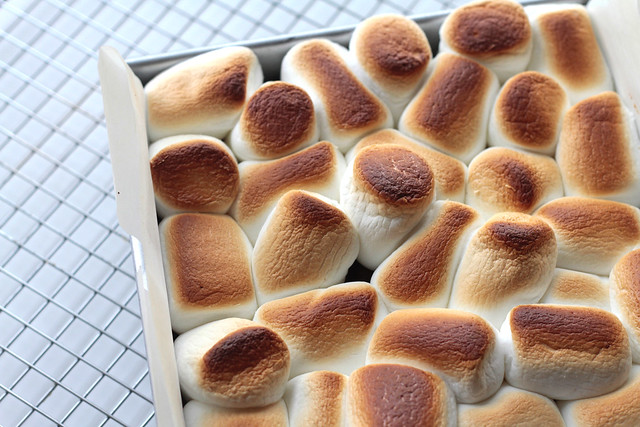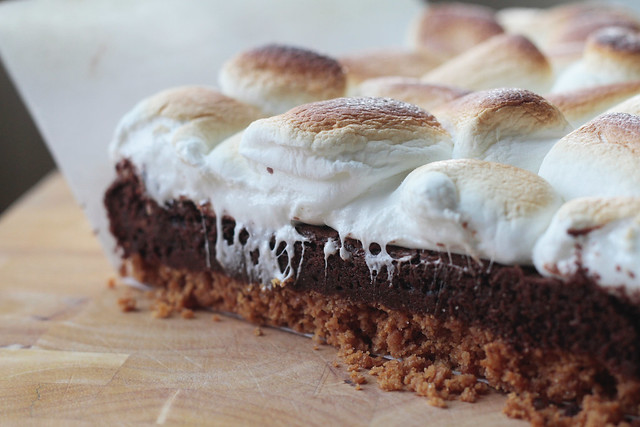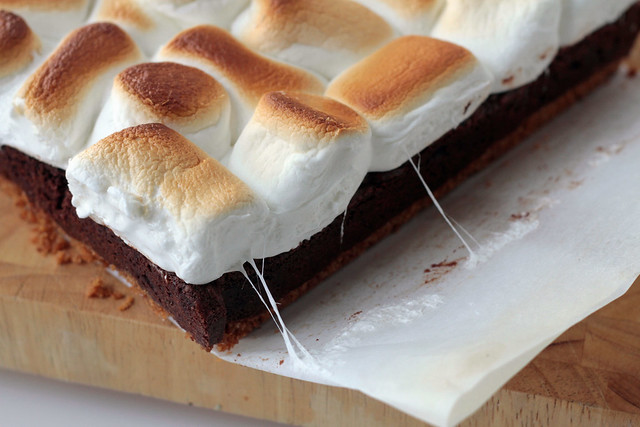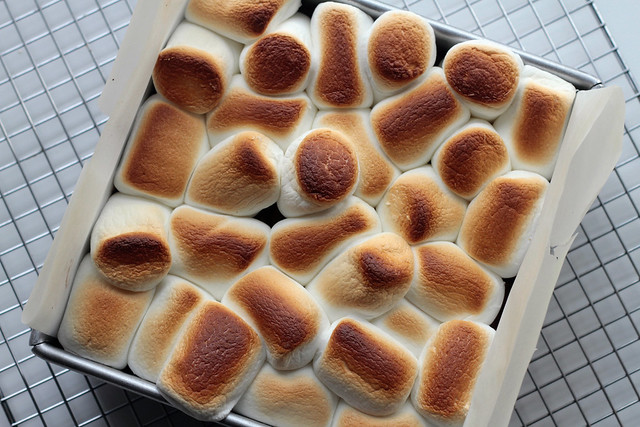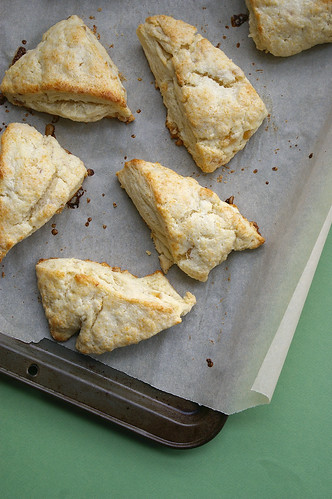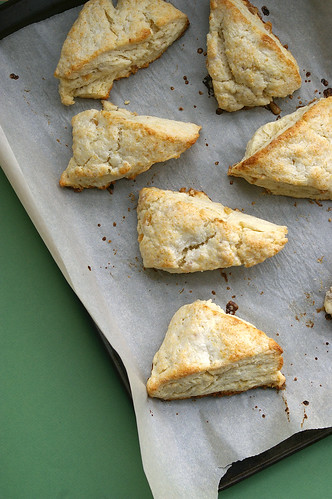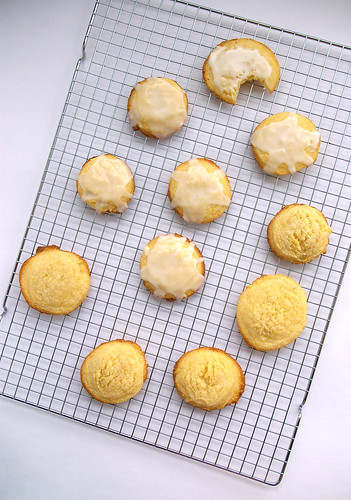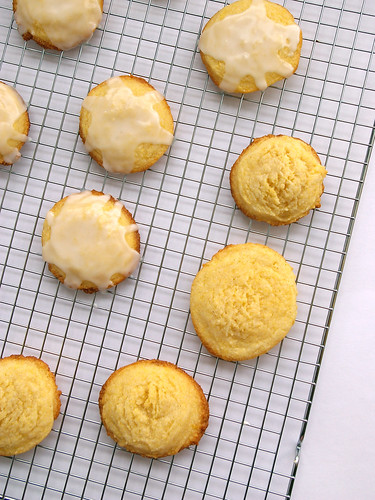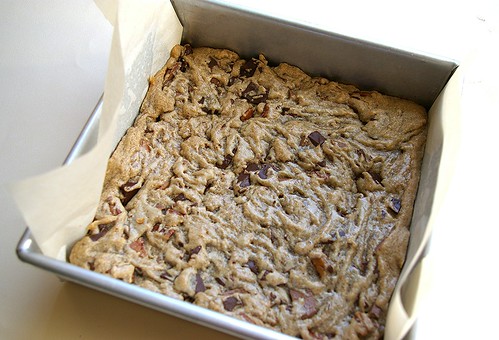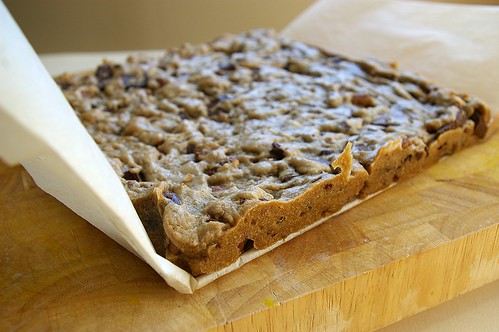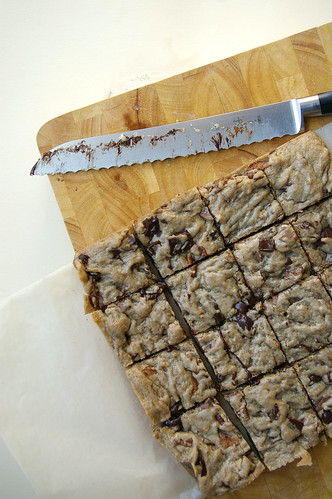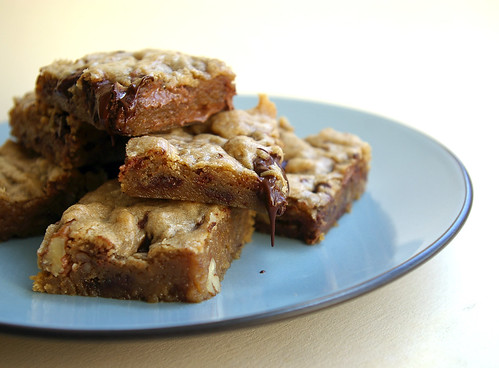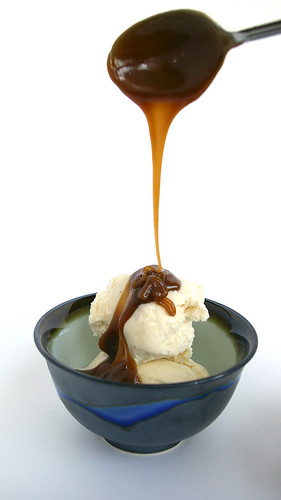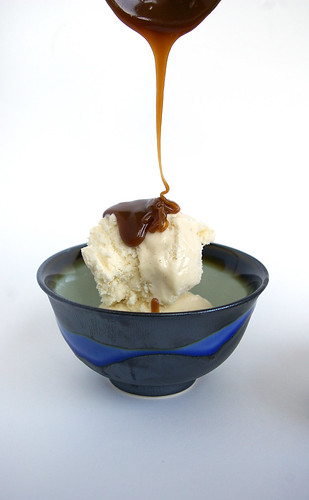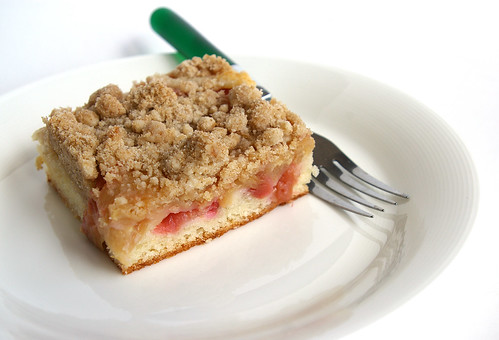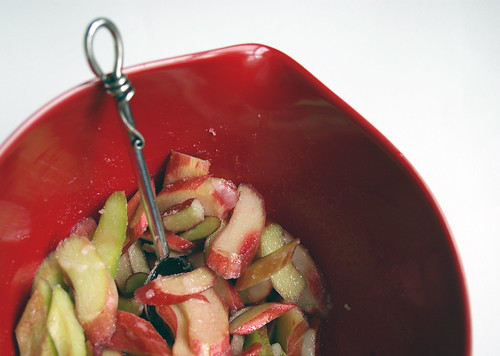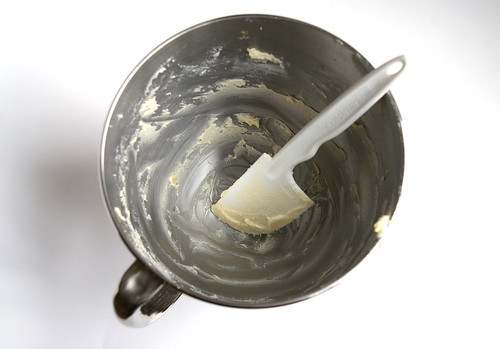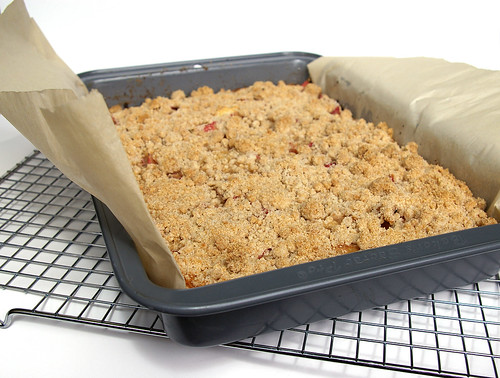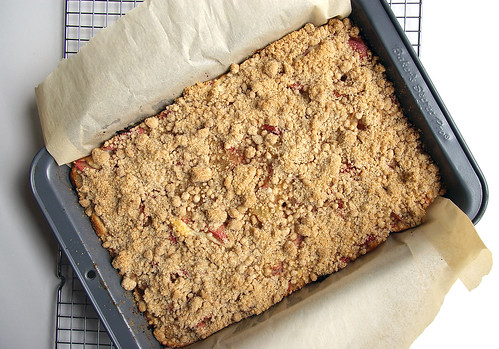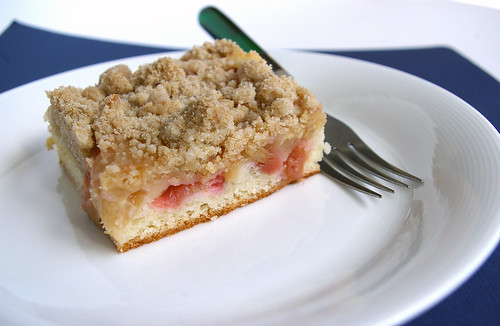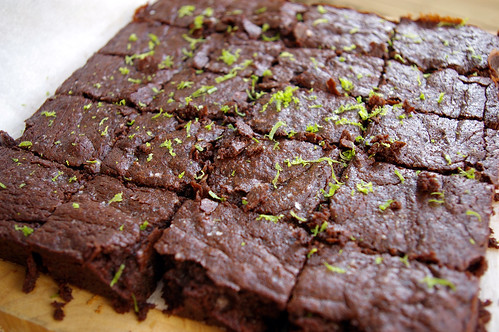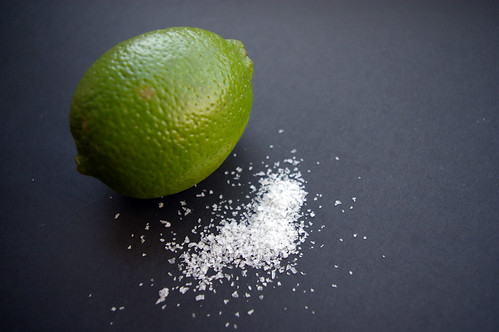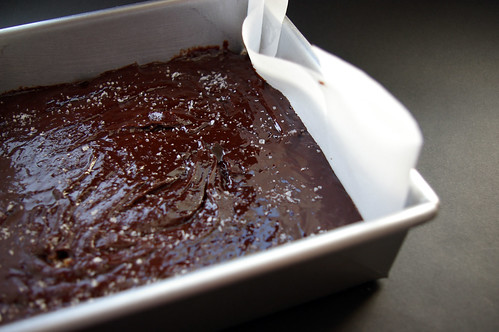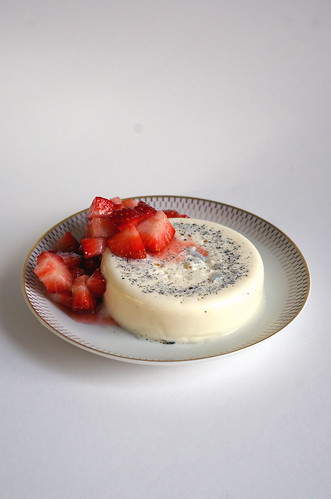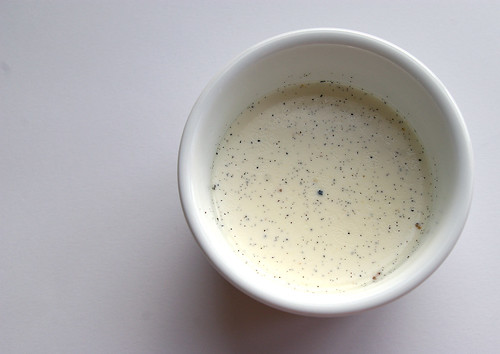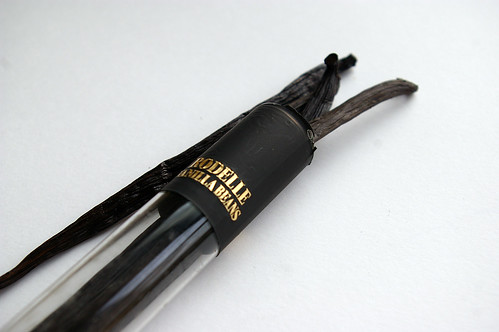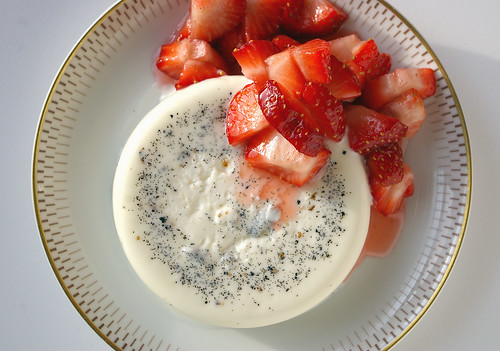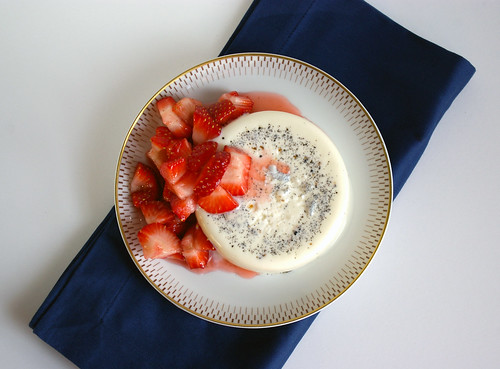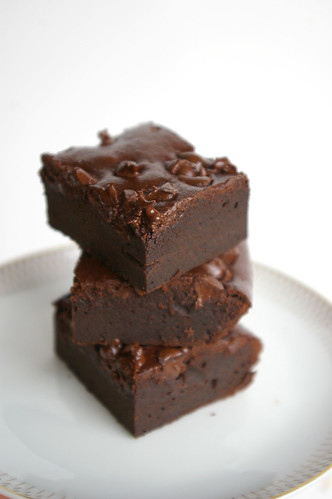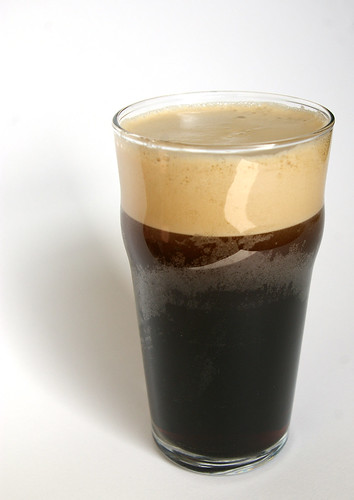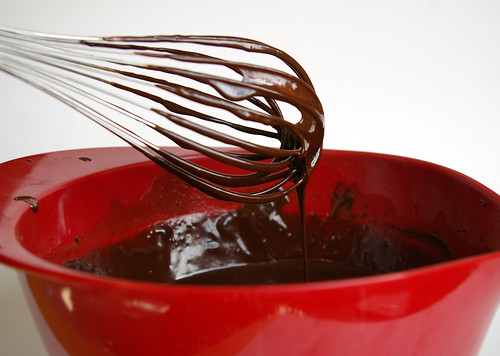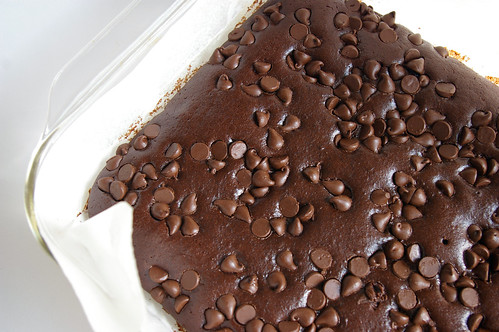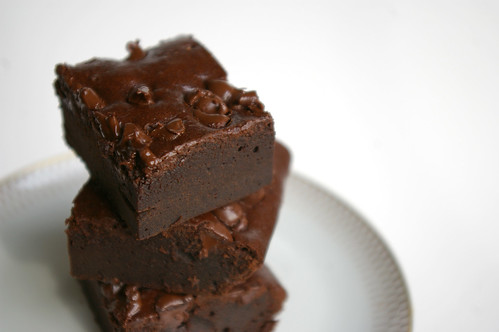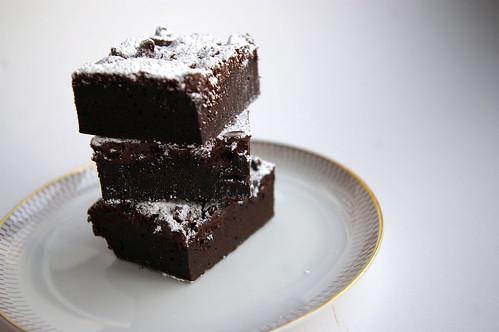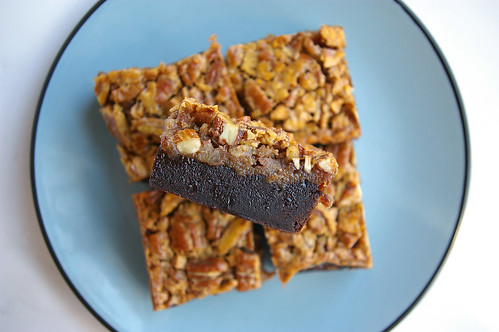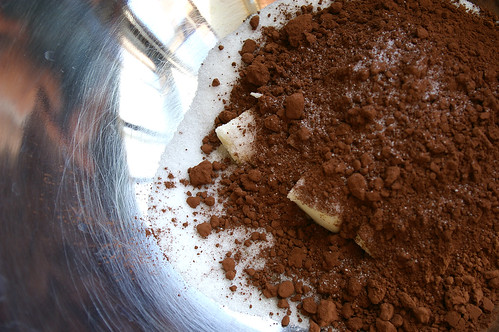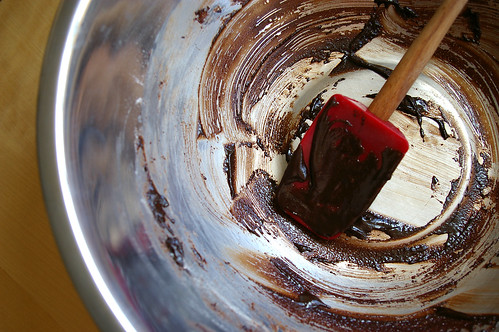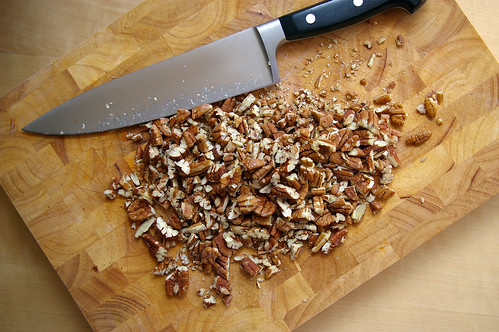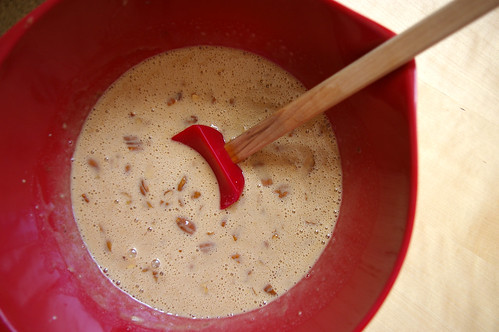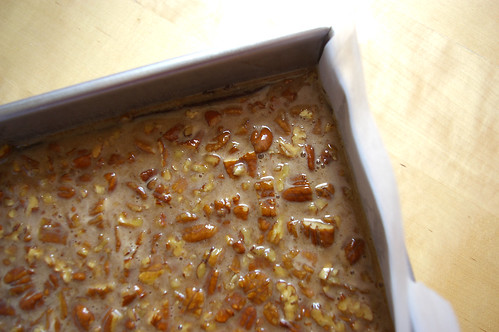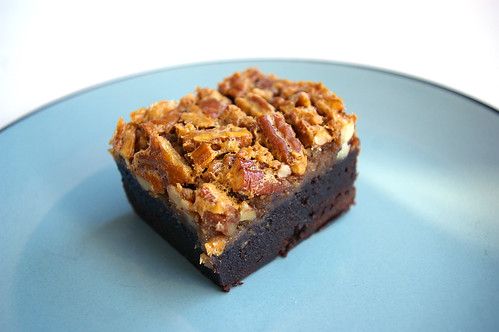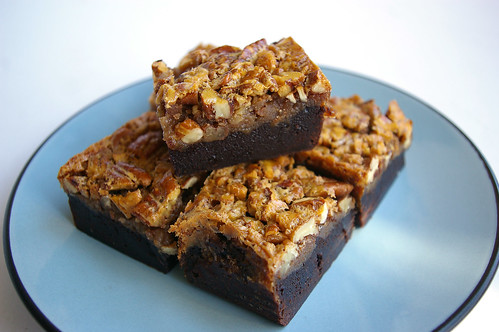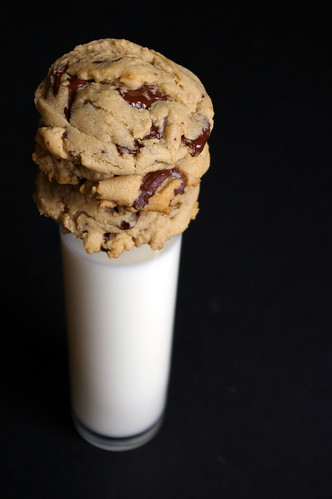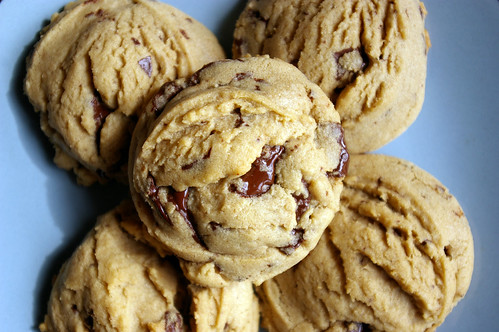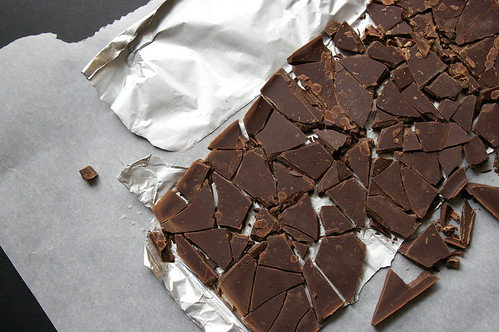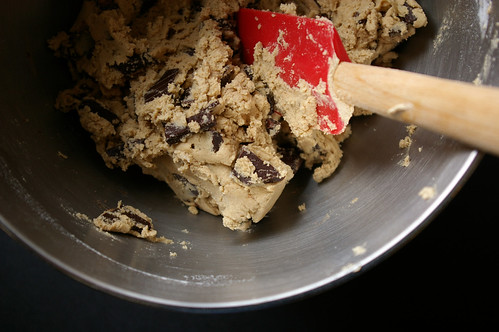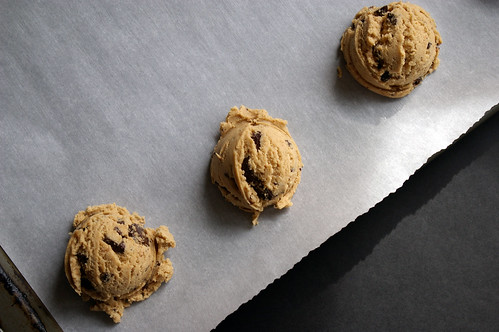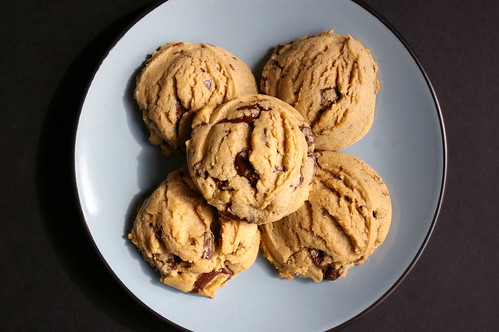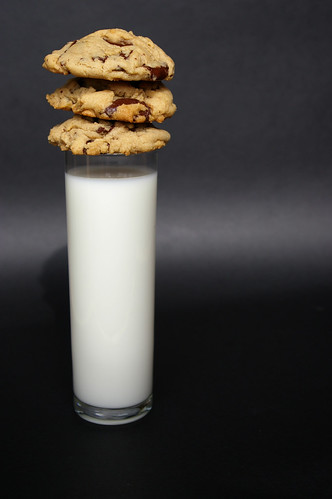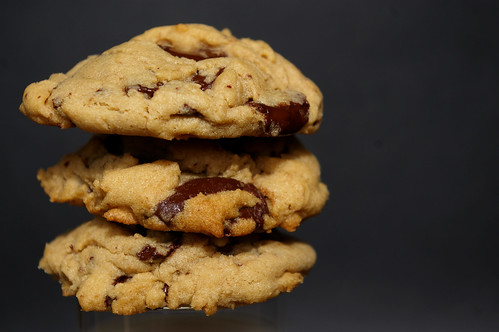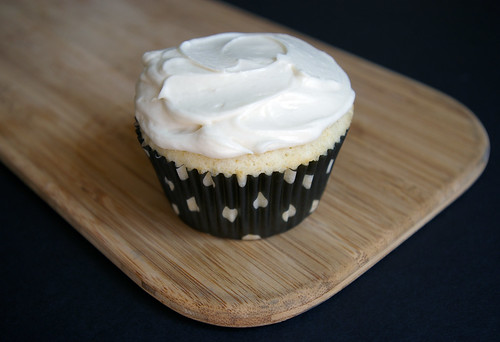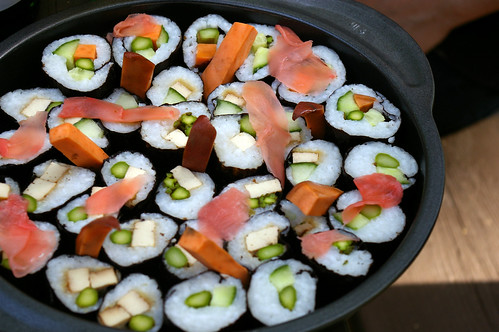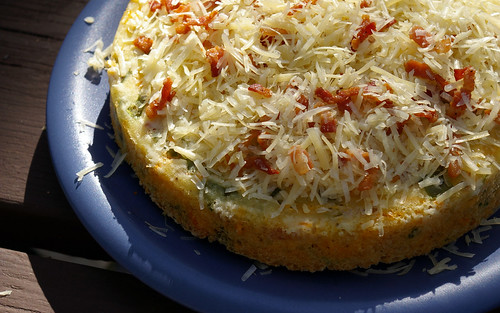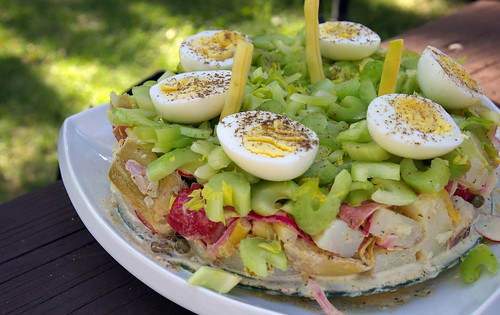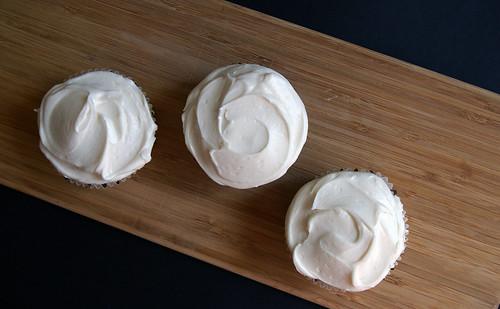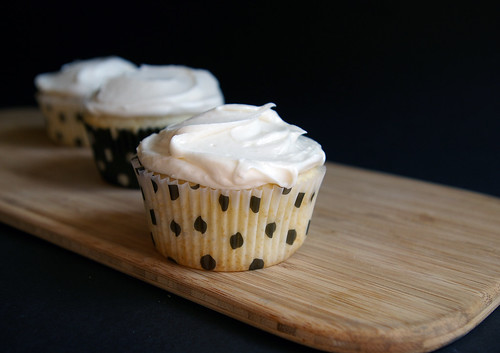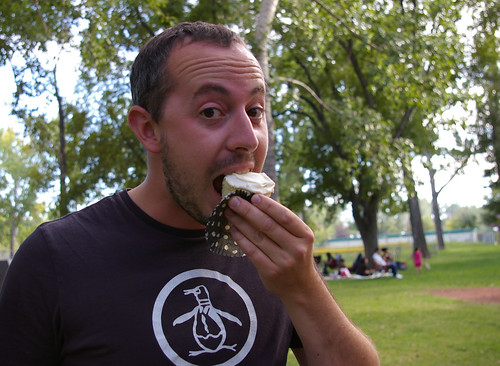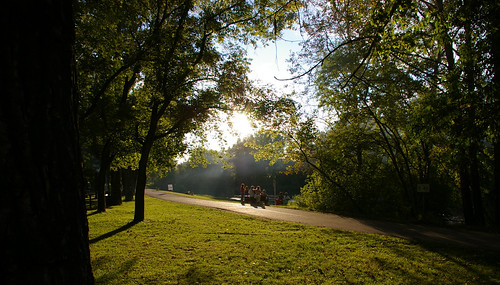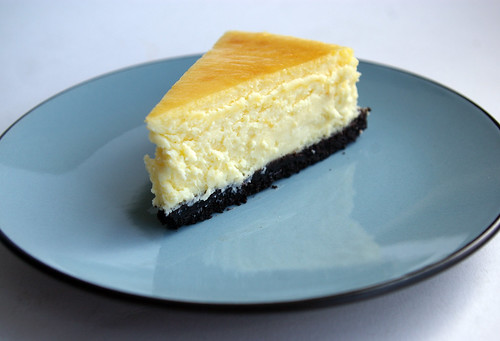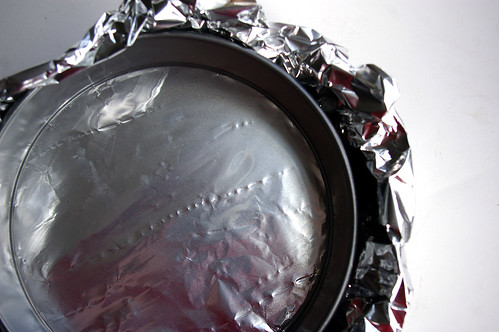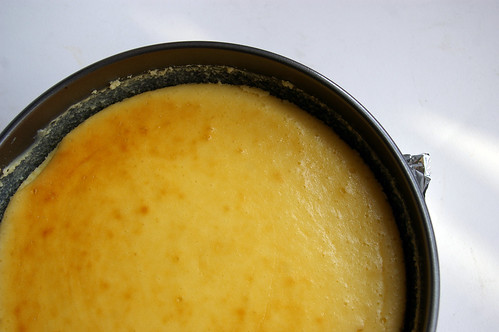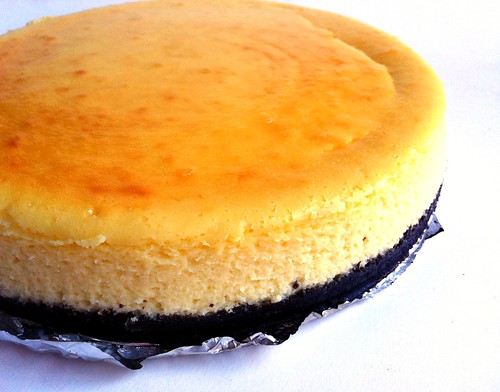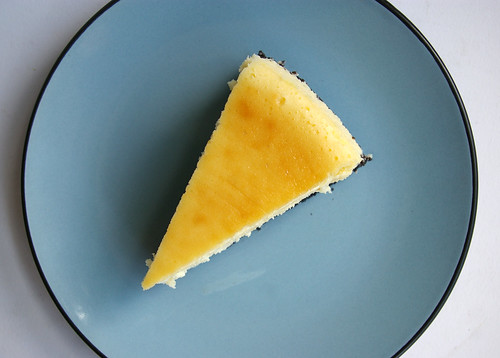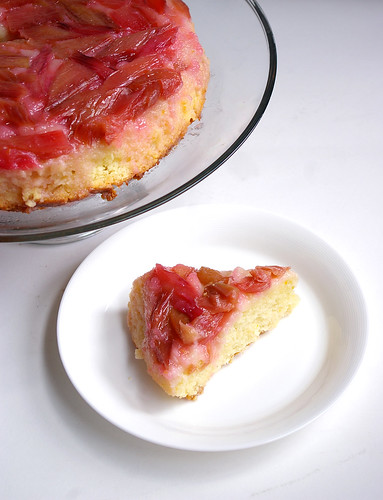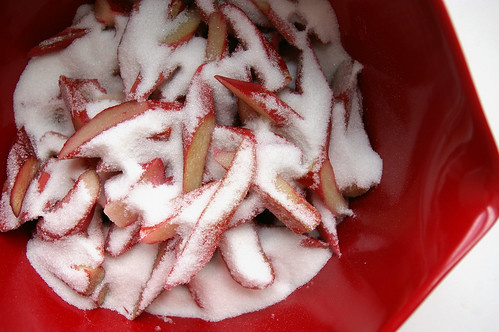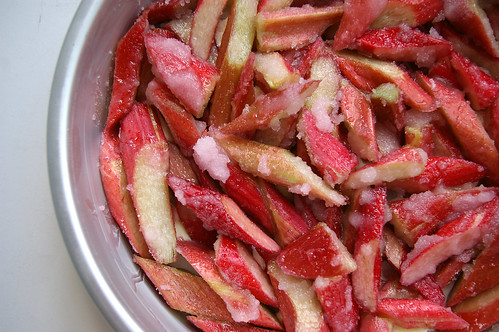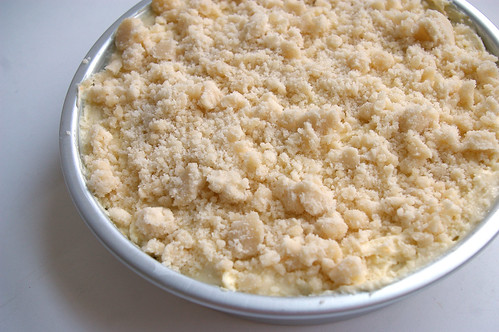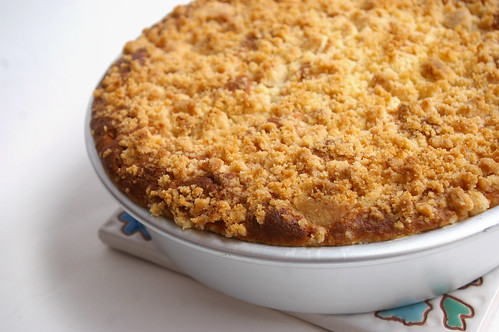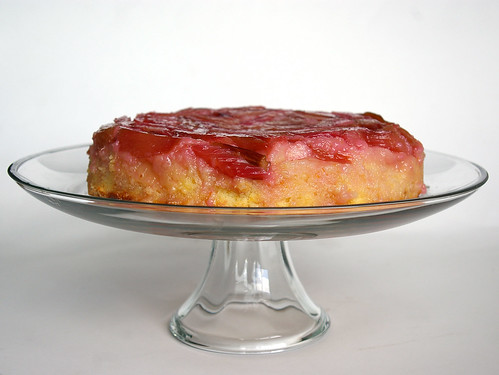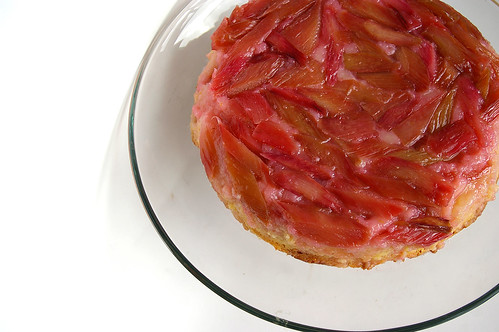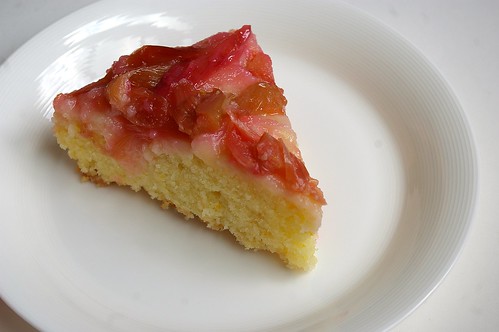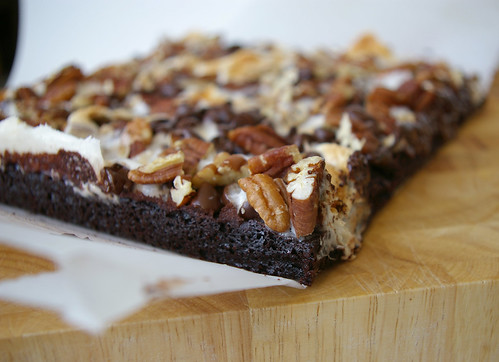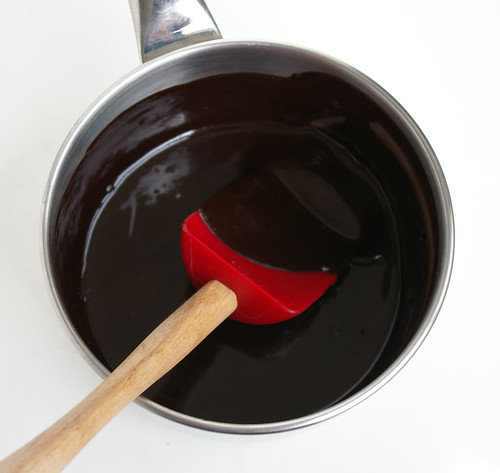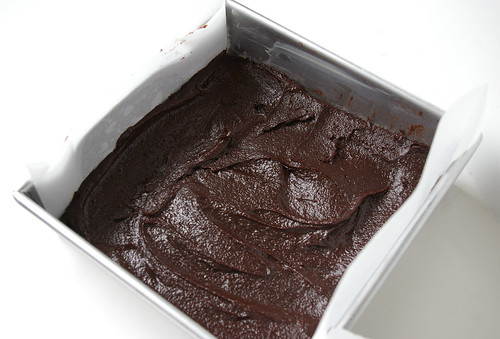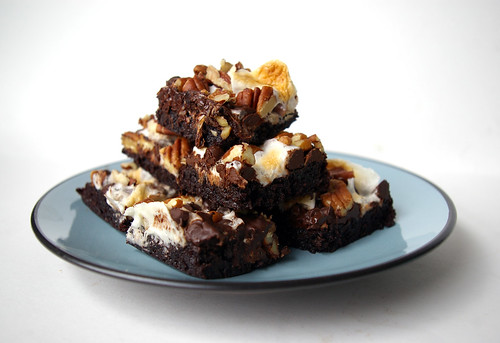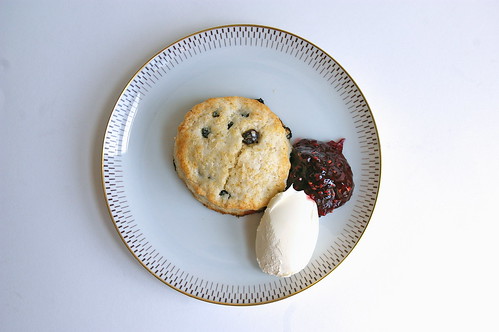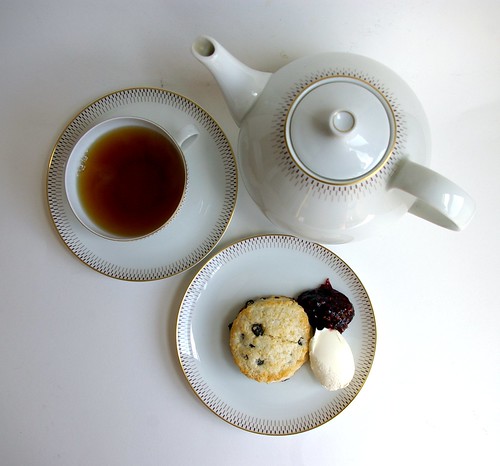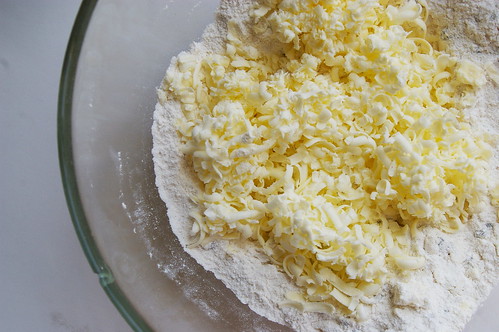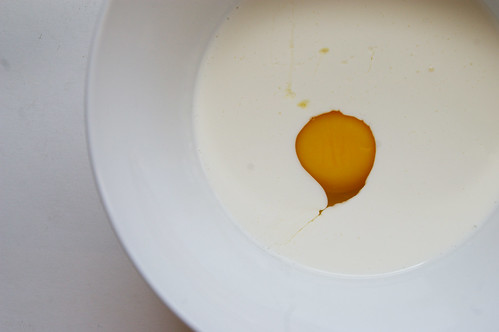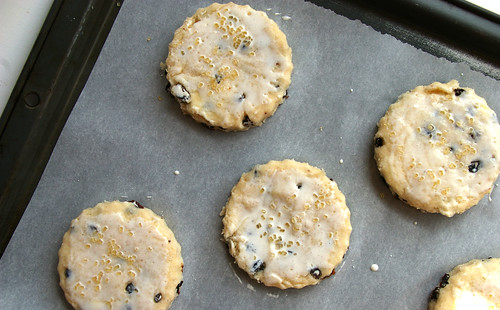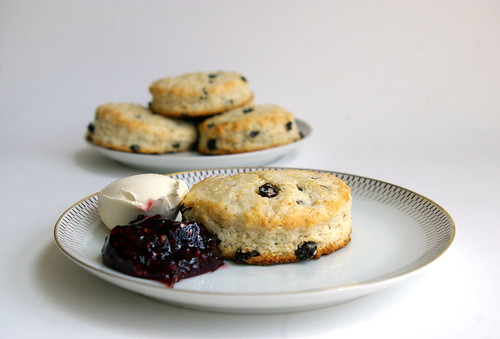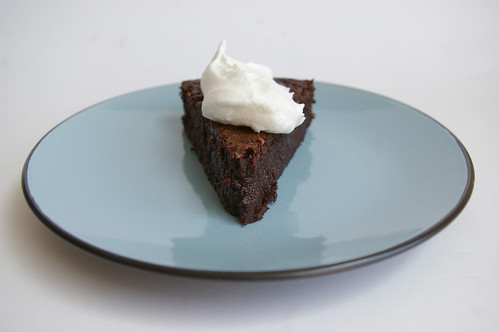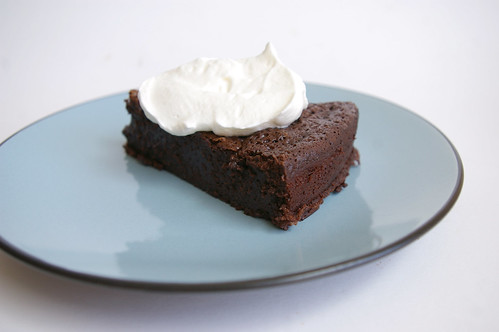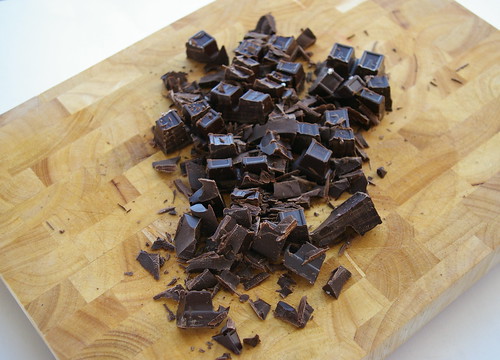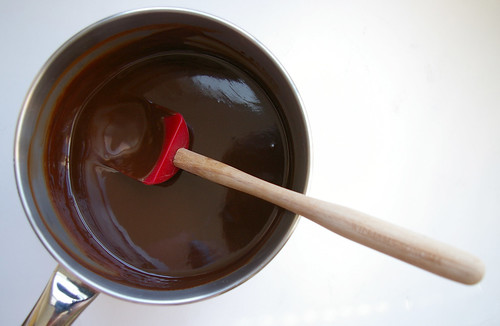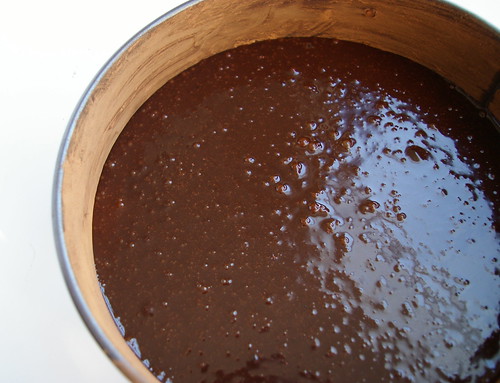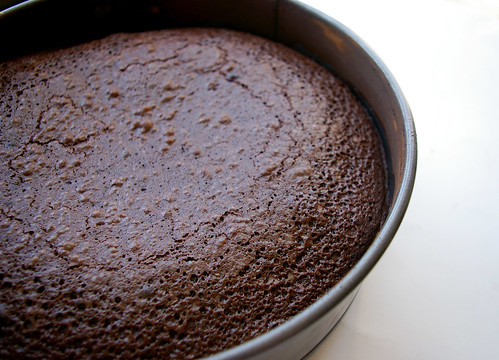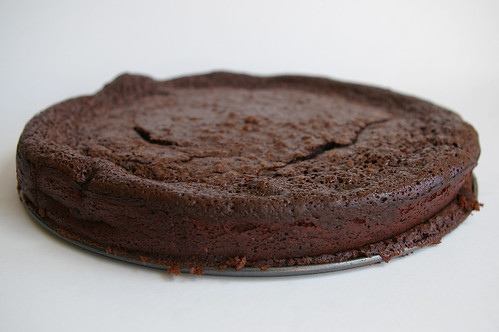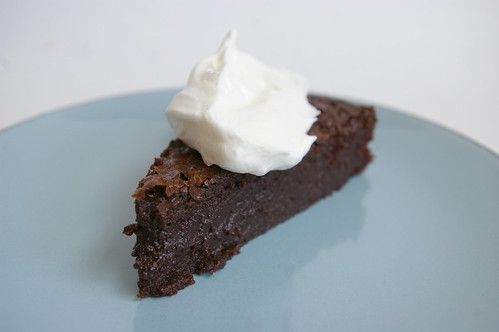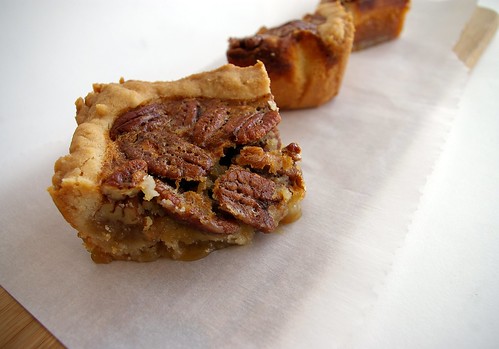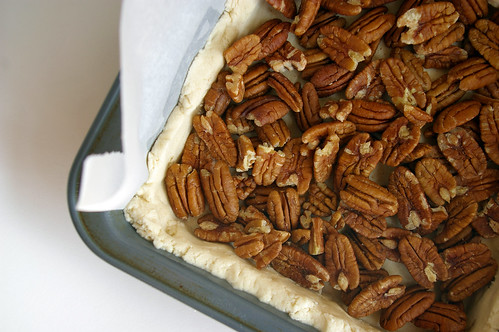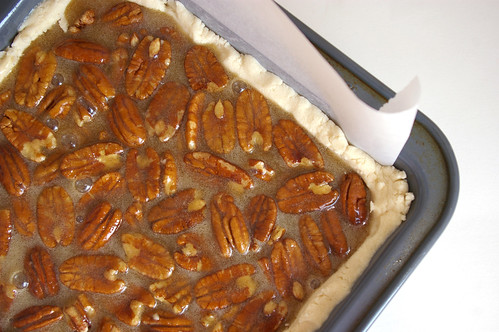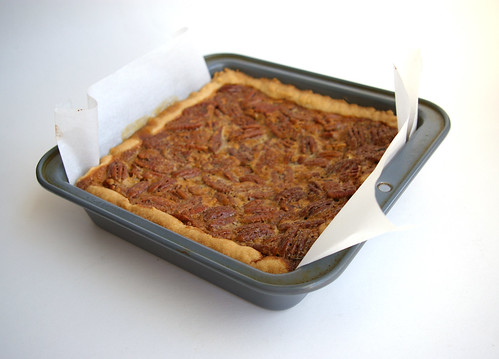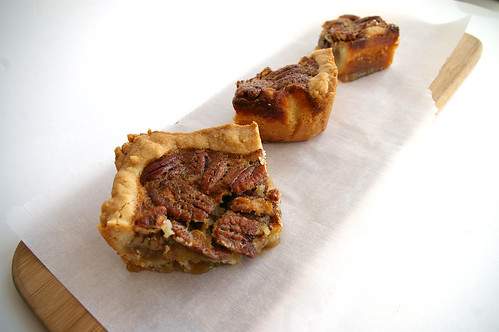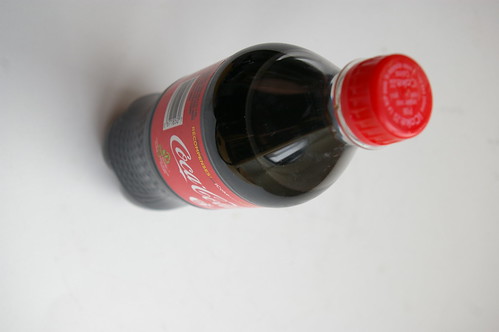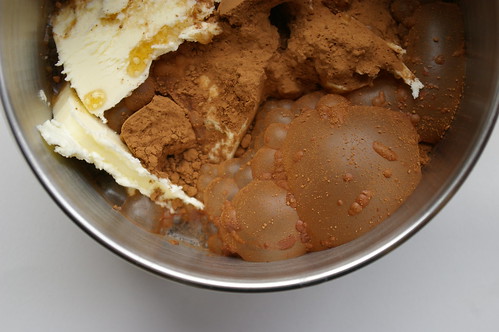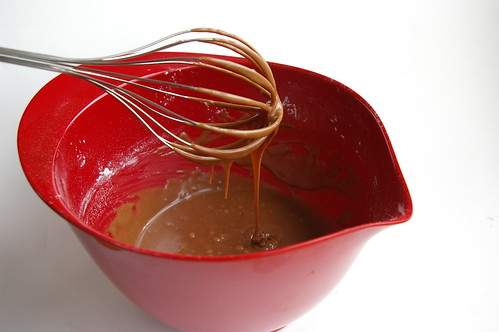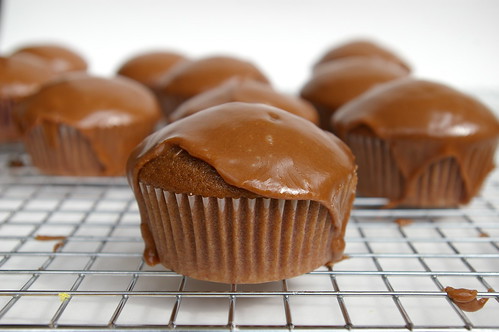It could have been summer a week or so ago, even if the last couple of days have felt more like the spring we should be in. Still, I’ll take it. Everything is already green and lush; even the lilacs are already blooming — something I’m not sure has ever happened this early in the year since I moved here.
Inevitably that means gathering around backyard fire pits and camping . And those things mean s’mores.
Except when there’s a fire ban on.
Or, if you’re unlucky enough to not have a yard. <Raises hand.> Or perhaps don’t love camping. <Raises other hand.>
There’s a simple way around this, provided the weather isn’t so hot you’re left wilted over a piece of furniture: put some marshmallows on a baking sheet lined with parchment paper and broil them for a minute or two, until golden and melty — or your preferred level of roasted-ness (I like a dark shade of golden myself, which can be tricky over a crackling fire but easy to monitor under the steady heat of a broiler.) — before squishing them between two graham crackers and a slab of chocolate.
However, there’s a more portable and far more decadent way of eating something evocative of a s’more. Behold the S’mores Brownies.
The backbone is the same, of course. Combining graham crackers, chocolate and marshmallows into a tasty sweet. In this form, however, the graham crackers are amped up by being turned into a graham cracker crust (enriched with butter and sugar, naturally), the chocolate becomes a thick layer of fudgy brownie and the marshmallows, well, they stay pretty much the same other than you get at least two of them per brownie instead of one lonely one per s’more.
Just like the originals, these are gooey and sticky as all get out, so prepare accordingly.
Of course, this version of a s’more does require washing dishes after, so that may be a point in favour of their original counterparts.
Then again, you can still easily make and eat them when the weather isn’t cooperating.
S’mores Brownies
Adapted from The Kitchn. And by that I mean that I made the method a little more streamlined (read: lazier).
For the crust:
- 6 tablespoons butter, melted and cooled
- 1 1/2 cups graham cracker crumbs (about 10 full crackers)
- 2 tablespoons sugar
- 1/4 teaspoon salt
For the brownies:
- 1/2 cup butter
- 7 ounces bittersweet chocolate
- 1/4 teaspoon salt
- 2 large eggs
- 1/2 cup sugar
- 1/2 cup brown sugar
- 1 teaspoon vanilla
- 1 cup flour
- 10 ounces large marshmallows (most of a large bag)
Preheat the oven to 325°F.
Butter an 8×8-inch pan and line with parchment with a slight overhang, like a sling, then butter the parchment that’s inside the pan.
In a bowl, mix together the graham cracker crumbs, sugar and salt. Pour over the melted butter and then stir until well combined. Pour into the prepared pan and press firmly along the bottom. (You really want to tamp it down here; I used the bottom of a small metal measuring cup.) Bake the crumb mixture for 20 minutes, until the edges are starting to get golden. Remove from the oven.
While it bakes, start preparing the brownie layer. In a medium saucepan set over low heat, slowly melt the butter and chocolate together, stirring often. Stir in the salt. Remove from the heat and let cool completely.
Once the crust is baked and out of the oven, raise the oven temperature to 350°F.
In a large bowl, whisk the eggs until slightly paler in colour. Add the two sugars and whisk again for several minutes, until the mixture is well incorporated. Whisk in the vanilla. Pour in the chocolate mixture and stir gently until just combined. Add the flour and use a spatula to fold it together, mixing gently and only until no white flour can be seen.
Pour the brownie batter over the cooked graham cracker crust and return the pan to the oven. Let it bake for 22 to 25 minutes, until no longer raw-looking in the centre when check with a toothpick. (It will still look fudgy and not come out entirely clean, but it will look cooked.)
In a stand mixer fitted with a paddle attachment, beat the eggs and sugars until fluffy, 2 to 3 minutes. Beat in the vanilla extract. Gently mix in the melted chocolate. Fold in the flour.
Evenly pour the brownie batter over the cooked graham cracker crust. Transfer the pan to the oven and cook for 23 to 25 minutes. Remove the pan from the oven.
Set the oven to broil and arrange the marshmallows over the cooked brownie layer. Cover the brownies well, but don’t pack them in too tightly. They will spread a bit in the oven. Set the pan back into the oven under the broiler and watch carefully to make sure they roast to your preferred level of doneness. Turn the pan frequently to ensure even broiling. This can take anywhere from 1 1/2 to 2 minutes for golden, a minute or two longer for a brown, bruleed topping.
Remove when the marshmallows are golden (or darker, depending on your preference) and let cool completely. Use the parchment sling to remove the brownies from the pan and slice. The marshmallows will be incredibly gooey, so keep a glass of hot water and a cloth at hand to wipe down the knife between slices.
Makes 8 to 16 brownies, depending on how they’re sliced.

